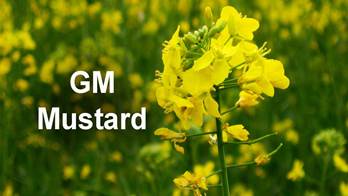Free Courses Sale ends Soon, Get It Now


Free Courses Sale ends Soon, Get It Now



Disclaimer: Copyright infringement not intended.
Context
What exactly is hybrid mustard?
So, how has hybridisation been achieved in mustard?
Must Read:
GM Crops: https://www.iasgyan.in/daily-current-affairs/gm-crops-26
https://indianexpress.com/article/explained/understanding-gm-mustard-8231981/
© 2024 iasgyan. All right reserved